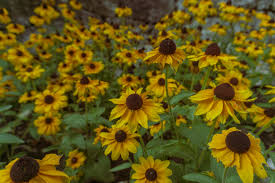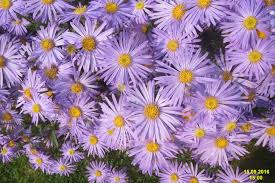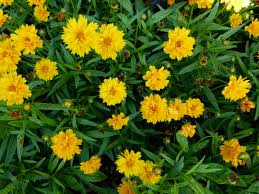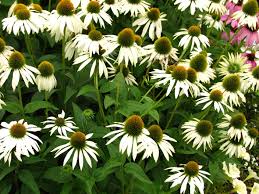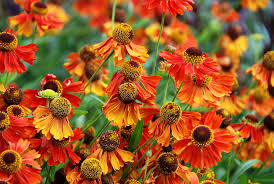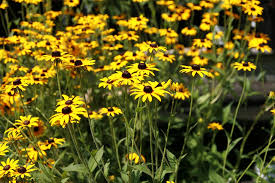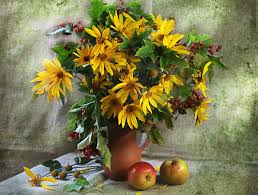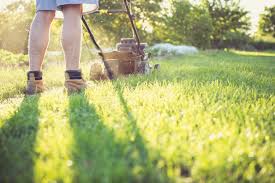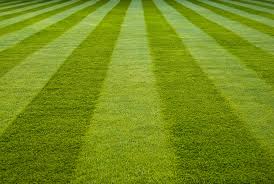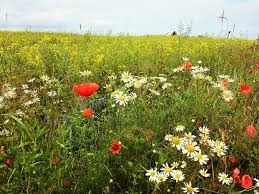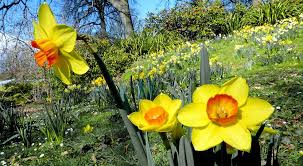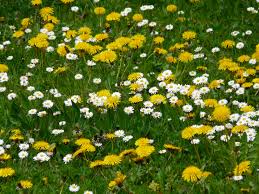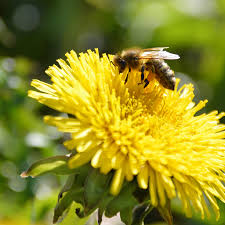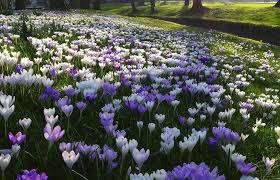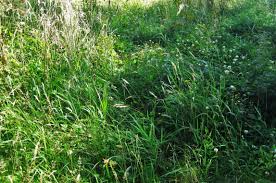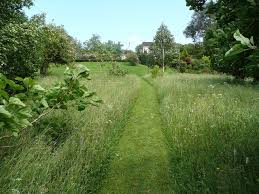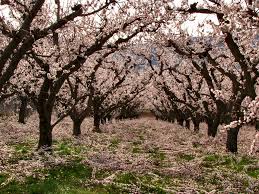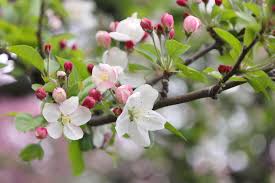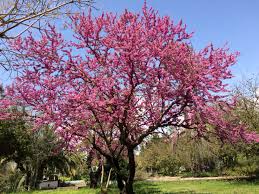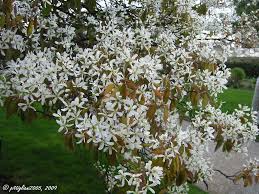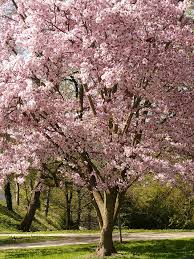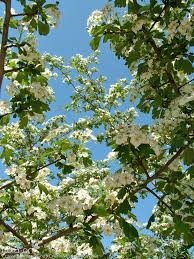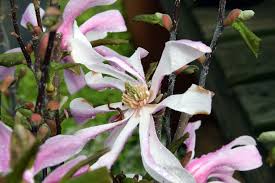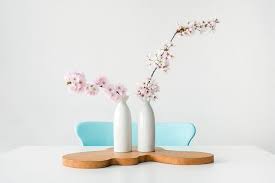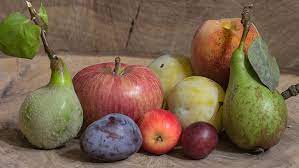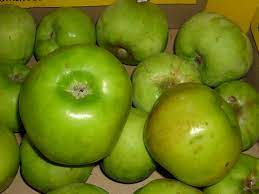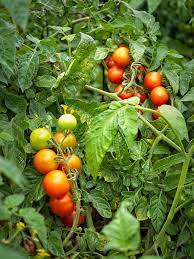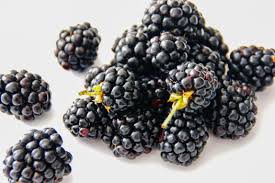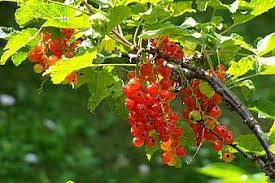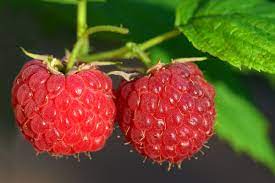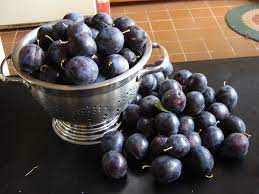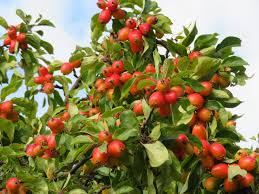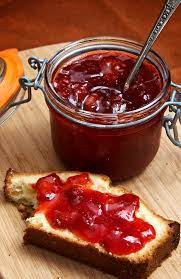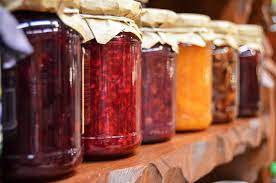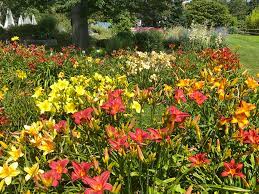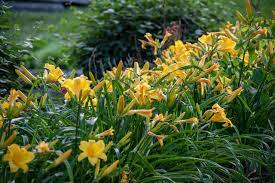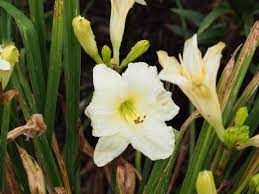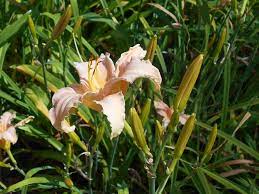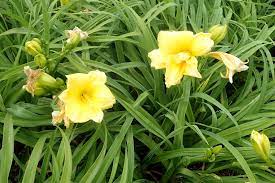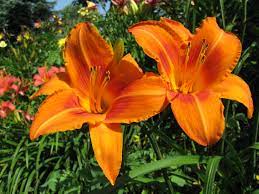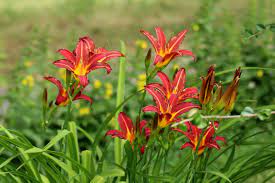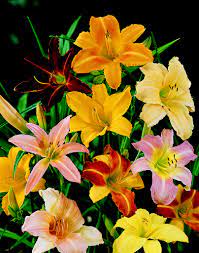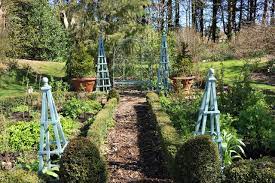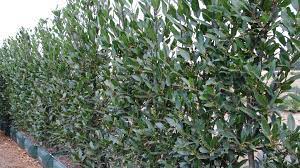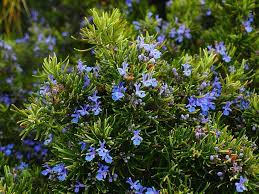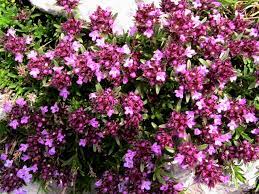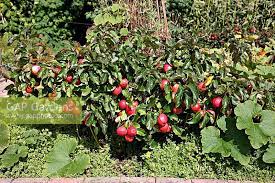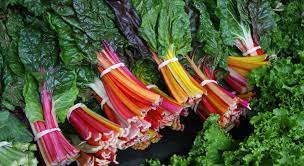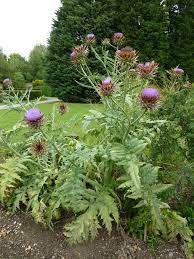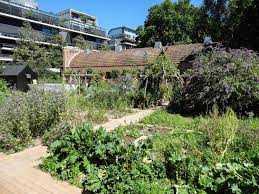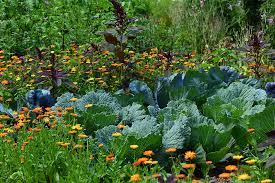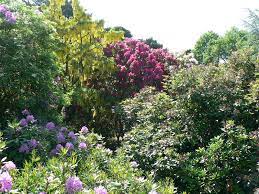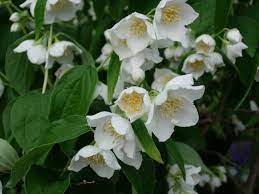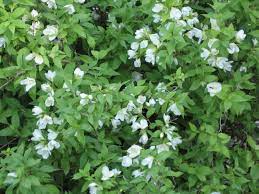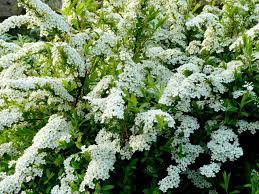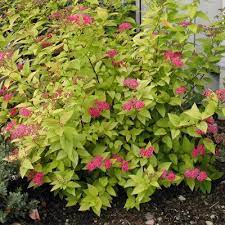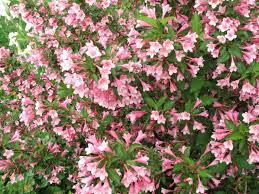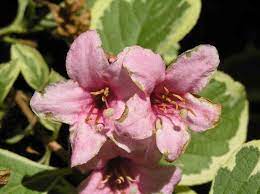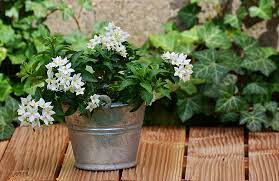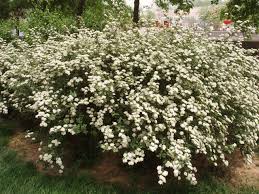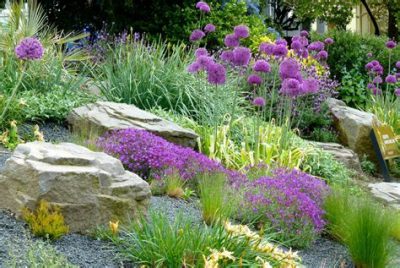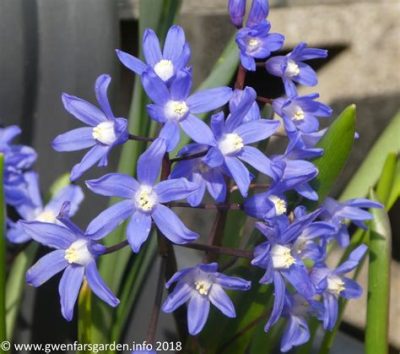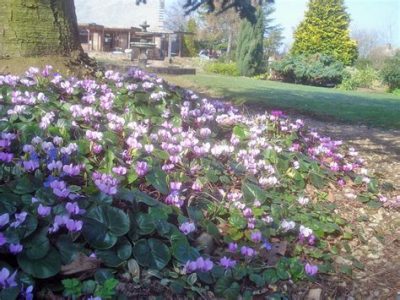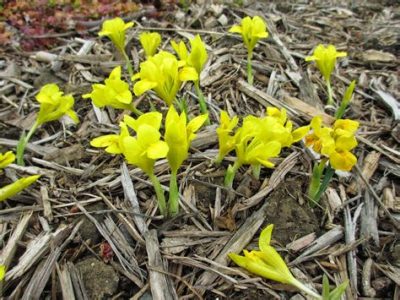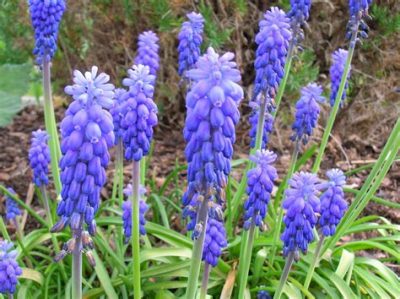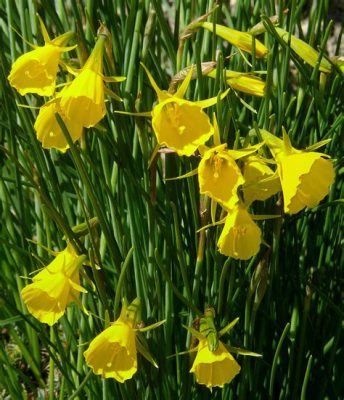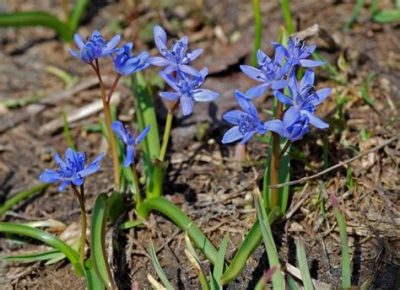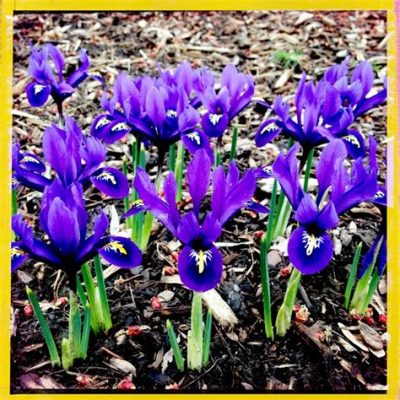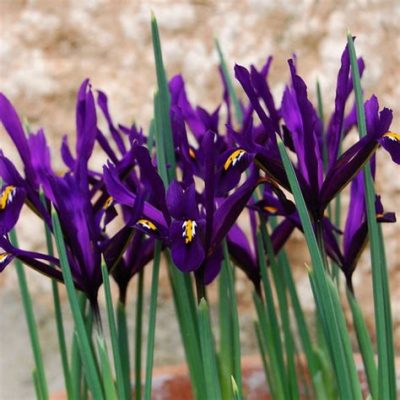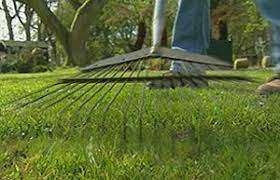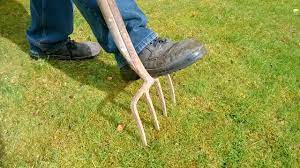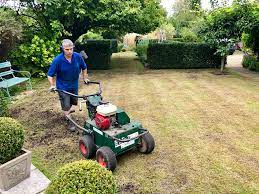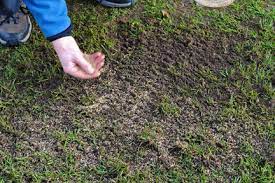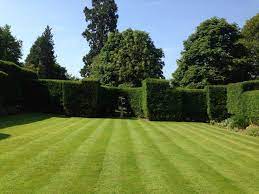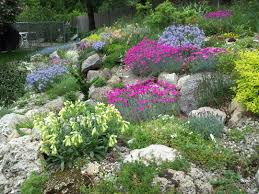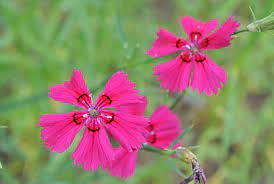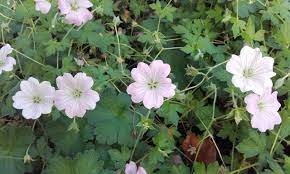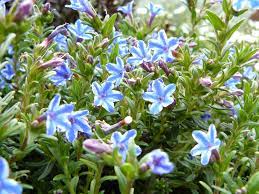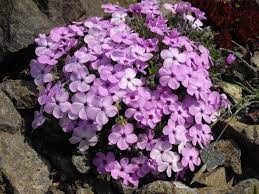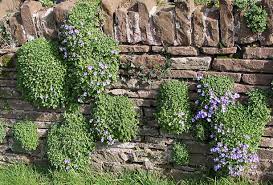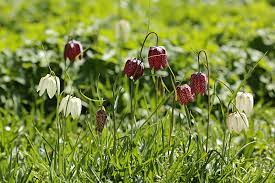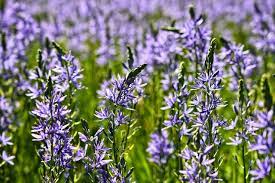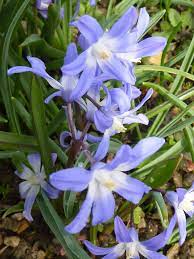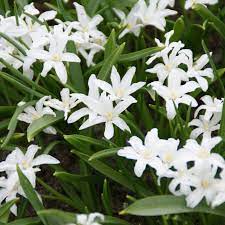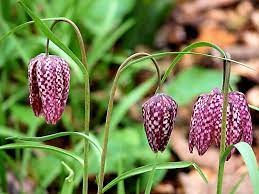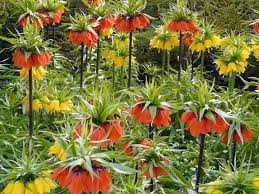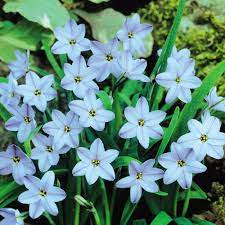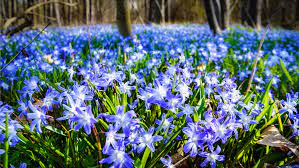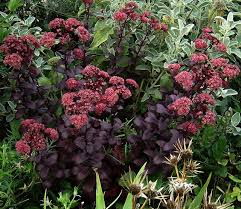
Purple foliage plants making a splash in a mixed planting scheme.
Foliage doesn’t have to all be about the many shades of green. There are other foliage colours that can pack a punch and baring in mind that plant leaves are what we all spend most of our time looking at, it needs to be fabulous. Bring on the deep purple and burgundy. Here are some star turns to consider.
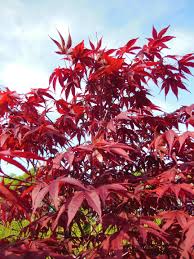
Acer palmatum ‘Atropurpureum’
Acer palmatum ‘Atropurpureum’: This slow growing Acer is worth the wait. With a wide spreading habit and delicate small palmate leaves of a deep purple, which turn dark red in autumn. It makes a great choice for a lawn specimen tree. Height 4m spread 2.5 to 3m. Semi-shade and on humus rich acidic to neutral soil that dose not water log. Not full sun.
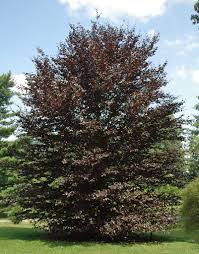
Fagus sylvatica ‘Riversii’
Fagus syvatica ‘Atropurpureum’: This is the big daddy of purple foliage plants, the copper beach is a large and majestic tree. This variety is probably the deepest purple of then all. It should be planted as a specimen tree and focal point. It can also be grown as a hedge, either as a complete copper beech hedge or as a ‘tapestry’ hedge where blocks of copper beech are mixed in with a normal green beech hedge. Grows on all free draining soils to even quite thin chalk soils, in full sun.
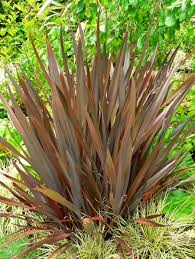
Phormium ‘Thumbellina’
Phormium tenex ‘Thumbelina’ : This is a wonderful small variety growing to less than a meter. With soft arching foliage of thin leaves in a deep dark purple, almost black. This evergreen shrub adds a dramatic focal plant for any planting. Full sun and most soils, dose not like wet soils.
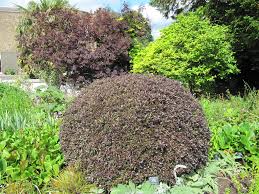
Pottosporum tenuifolium ‘Tom Thumb’
Pittosporum tenifolium ‘Tom Thumb’: This is a versatile shrub, marvellous as a full stop to the corner of planting beds and as a low evergreen hedge. A dense rounded habit growing to about 70cm tall, higher if allowed. With small very rich purple leaves, which open as lime green and slowly darken to purple over the growing season.
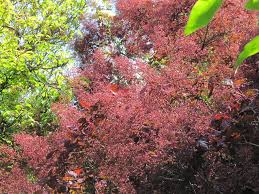
Cotinus coggygria ‘Royal Purple’
Cotinus coggygria ‘Royal Purple’: Is a large shrub with a slightly straggling habit, which can look untidy, if not kept in check, but its hansom foliage and striking flowers more than make up for this. Rounded leaves of purple, that go a rich red in the autumn. Misty masses of tiny pink flowers are produced June to July, giving the shrub it’s common name of ‘Smoke’ Bush. This really is a fabulous addition to the back of a large planting.
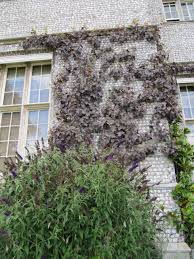
Vitis vinifera ‘Purpurea’
Vitis vinifera ‘Purpurea’: This purple leafed vine is a show stopper. It is less vigorous than it’s green cousin and to be honest the grapes are not anything to write home about. But the colour is fabulous and planted with a climbing partner like Clematis montana, it makes a striking statement. Grow on free draining soil in full sun.
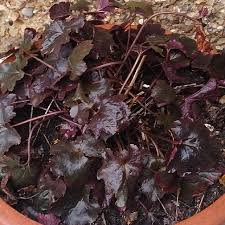
Heuchera ‘Chocolate Ruffles’
Hechera ‘Chocolate Ruffles’: There are many different varieties of heuchera and most are purple or burgundy, but this one has particularly dark foliage. A taller variety with a more upright habit. At about 35/40cm tall. With evergreen palmate leaves with crinkly edges. Small dark purple flowers are produced on thin purple stems in mid -spring. A must for the edge of a boarder.
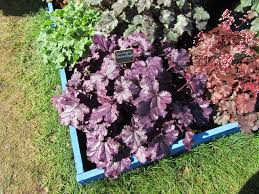
combining different purple leaf shades can create a dramatic planting.
Top Tips: Don’t go mad, and have every plant with purple foliage otherwise they will merge together and loose their impact. For real drama consider sliver and purple foliage combinations, but think about the growing conditions. Purple/burgundy foliage and magenta pink is a very good combination. As is apricot and golden yellow with burgundy/purple foliage.
I hope you are feeling inspired to lift the foliage pallet of you garden with some splashes of purple foliage.

